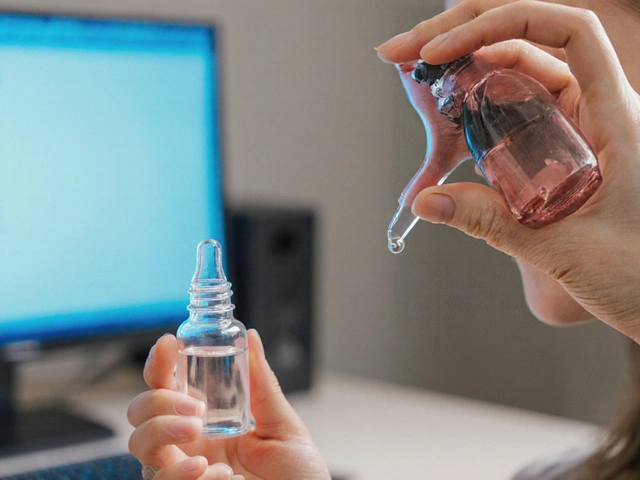Topical Probiotics: What They Are and Why They Matter
Ever wondered why a yogurt label boasts "live cultures" while your face cream stays silent? That’s because the skin‑care world is finally catching up with the gut‑care craze. Topical probiotics are live micro‑organisms that you apply straight to the skin. Instead of just moisturizing, they help balance the skin’s own microbiome, keeping bad bacteria in check and supporting a smoother, less irritated complexion.
How Topical Probiotics Work
Think of your skin like a garden. It hosts millions of bacteria—some friendly, some not. When the friendly crowd gets crowded, they create an environment that stops harmful bugs from taking over. Probiotic creams, serums, and masks deliver strains like Lactobacillus or Bifidobacterium directly onto that garden, encouraging the good bugs to thrive.
These microbes do three main things: they produce short‑chain fatty acids that lower skin pH, they compete with pathogens for food and space, and they signal skin cells to calm inflammation. The result? Less redness, fewer breakouts, and a stronger barrier that holds onto moisture.
Benefits You Can Feel
Whether you battle acne, eczema, or just occasional dryness, topical probiotics can help. Users report fewer pimples after a few weeks because the probiotics keep Cutibacterium acnes in check. For those with sensitive skin, the soothing effect reduces itching and the flare‑ups that come with conditions like rosacea.
Another perk is that probiotic formulas tend to be gentler than harsh chemicals. You won’t find strong acids or steroids in a well‑made probiotic serum, making it a safe option for daily use—even on kids or seniors.
And let’s not forget the anti‑aging angle. By reinforcing the skin barrier, probiotics help lock in hydration, which plumps up fine lines and keeps the complexion looking fresh.
What’s cool is that you don’t need a prescription. Many drugstores and online shops now carry probiotic moisturizers, toners, and spot‑treatments. Look for products that list the specific bacterial strain on the label and guarantee live cultures at the time of use.
When you pick a product, check the expiration date and storage instructions. Live bacteria can die if stored in a hot bathroom or left open for months. A cool, dark place prolongs their activity.
If you’re new to the idea, start with a simple probiotic moisturizer once or twice a day. Give it a couple of weeks to see how your skin reacts before adding a serum or mask to your routine.
Remember, probiotics work best alongside a balanced diet. Foods rich in pre‑biotics—like garlic, onions, and whole grains—feed both your gut and your skin’s microbiome, amplifying the benefits.
Bottom line: topical probiotics are a practical, science‑backed way to support skin health without the harsh side effects of many traditional treatments. Give them a try and see if your skin finally feels balanced, calm, and hydrated.

How Probiotics Can Prevent and Treat Common Skin Rashes
Discover how oral and topical probiotics work together to stop skin rashes, the science behind the gut‑skin connection, and practical tips for choosing the right strains.




